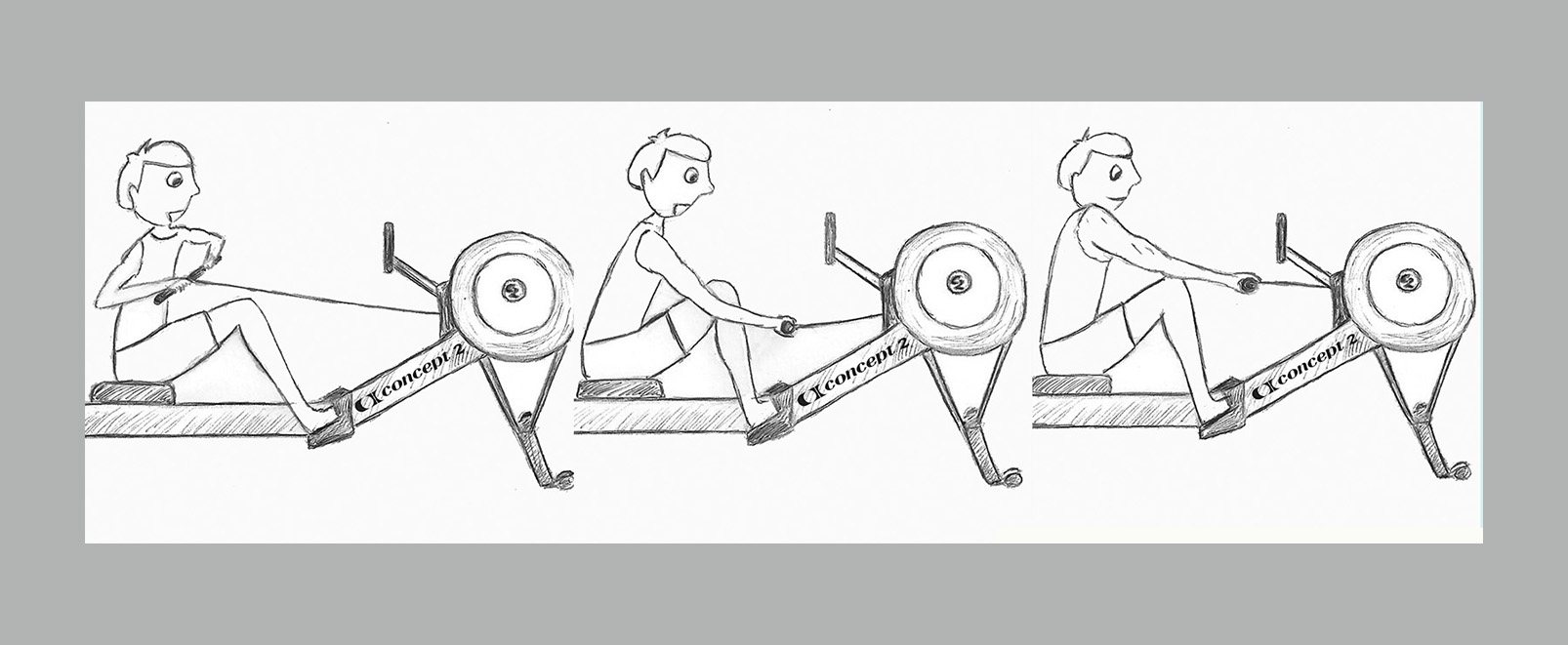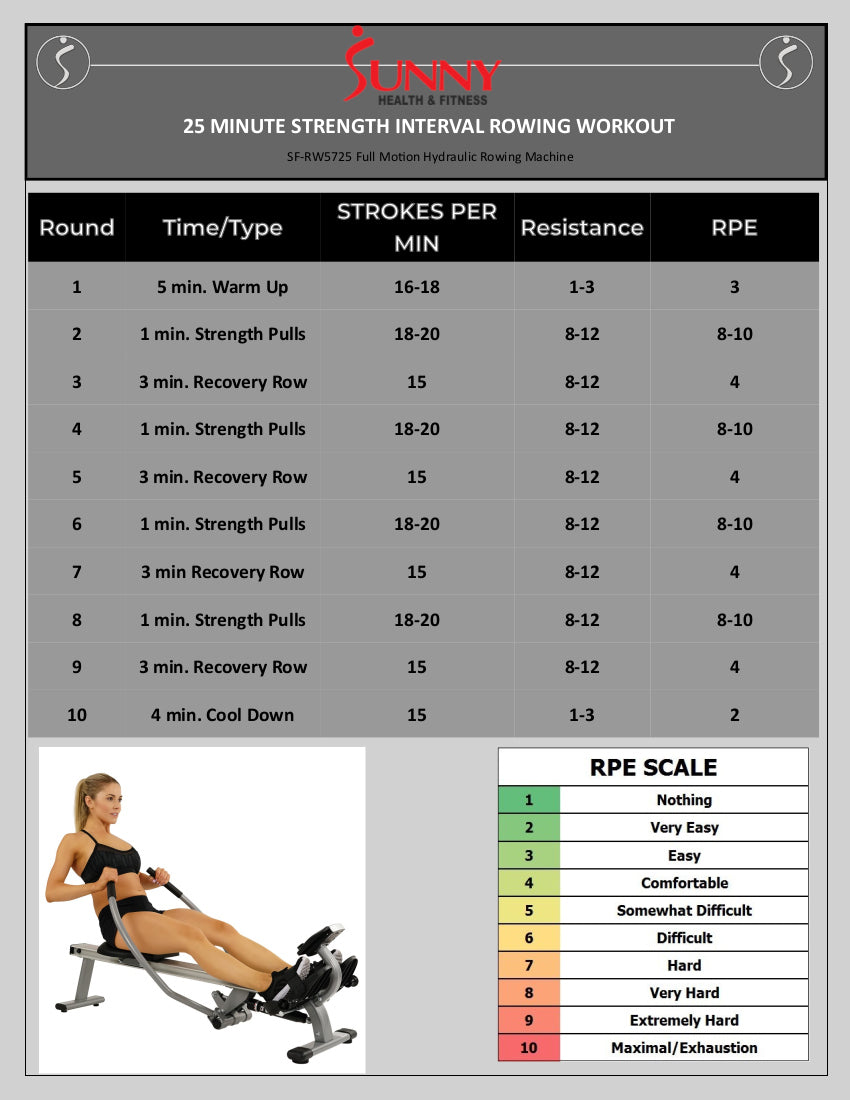Your rowing machine isn’t just gathering dust—it’s your secret weapon for explosive cardiovascular gains. While most users treat it like a glorified leg press, rowing properly engages nearly all major muscles simultaneously, torching calories while protecting your joints. Research confirms beginners boost oxygen capacity by 10% after just two months of strategic rowing, outperforming treadmills for sustainable heart-pounding results. Forget endless slow cardio; the real magic happens when you master the stroke sequence and program intervals that spike your heart rate without wrecking your knees.
Here’s what separates effective rowing cardio from wasted effort: Most people yank with their arms while neglecting leg power, turning a full-body burner into an upper-body strain. When executed correctly, each stroke forces your heart to pump blood to 80-85% of your major muscles at once—something running or cycling can’t replicate. This guide cuts through the noise with actionable protocols used by elite rowers to maximize cardiovascular output in minimal time. You’ll learn exactly how to structure workouts, avoid joint-killing mistakes, and transform 20 minutes on the erg into your most efficient cardio session ever.
Maximize Heart Rate Without Joint Damage
Rowing uniquely combines high-intensity cardiovascular output with near-zero impact. Unlike running—which restricts intensity for overweight or arthritic users—rowing lets you safely push to 92% of max heart rate. A 2022 study proved adults with knee osteoarthritis reduced pain and improved mobility after 12 weeks of rowing, thanks to controlled movement that strengthens supporting muscles without pounding joints.
Critical setup for joint-safe cardio:
– Position feet so straps cross the ball of your foot (not the arch)
– Set damper between 3-5—higher settings fatigue you prematurely during cardio
– Keep knees tracking over toes (no inward collapse) during the drive phase
– Stop immediately if hip flexor pain occurs—shorten your stroke length
This low-impact advantage means you can sustain longer sessions at higher heart rates. Push past the 30-minute mark consistently, and you’ll trigger fat-burning adaptations impossible with high-impact cardio where joint pain forces early stops.
Fix Technique Errors Killing Your Cardio Output

Poor form slashes power output by 30% and sabotages cardiovascular efficiency. Most users commit these three critical errors:
Stop Pulling With Arms First
Initiating the stroke with your arms (instead of legs) wastes 40% of potential power. Fix it now: Press through your heels first until legs are 90% extended, then lean back and pull the handle to your sternum. Your arms should only contribute the final 10% of the stroke.
Eliminate Overreaching at the Catch
Stretching too far forward creates inefficient strokes that spike heart rate erratically. Do this: Keep shins vertical at the catch position—knees shouldn’t extend past your toes. This maintains consistent resistance per stroke, keeping your heart rate in the optimal fat-burning zone (65-75% max HR).
Control Your Recovery Like a Pro
Rushing back to the start position disrupts breathing rhythm. Elite trick: Count “one-two-three” during recovery—arms straight first, then hinge forward, then bend knees. This keeps oxygen delivery steady, preventing heart rate drops that kill cardio density.
Pro Tip: Record yourself rowing. If your back rounds at the catch or knees cave inward, reduce stroke length by 10% until form locks in. Perfect technique beats aggressive pacing every time for cardio gains.
Program Cardio Sessions That Actually Work

Ditch random rowing. These science-backed protocols deliver maximum cardiovascular adaptation:
Beginner’s 15-Minute Heart Starter (3x/week)
- 0-3 min: Warm-up at 18 SPM (strokes per minute)
- 3-12 min: Steady pace at 20-22 SPM—focus on leg drive sequence
- 12-15 min: Cool-down at 18 SPM
Why it works: Builds aerobic base while cementing technique. Track progress by holding 22 SPM longer each week.
Fat-Burning Interval Blitz (2x/week after Week 4)
- Warm-up: 5 min easy rowing
- Main set: 10 rounds of 1 min HARD (26-28 SPM), 1 min EASY (18-20 SPM)
- Cool-down: 5 min easy rowing
Why it works: Creates 24-hour EPOC (afterburn effect), torching calories post-workout. Hit 85% max HR during hard intervals.
Elite 2K Time Trial (Monthly Progress Check)
- Warm-up: 10 min with three 20-stroke bursts
- Test: Row 2000m at sustainable hard pace
- Track: Average 500m split time (beginners: 2:30; advanced: sub 2:00)
Why it works: Directly measures VO₂ max improvements. A 5-second drop in 500m split = 5% cardiovascular upgrade.
Prevent Injury With Smart Progression

Cardio gains happen only when you avoid burnout. Follow this progression ladder:
| Week Range | Duration | Stroke Rate | Key Focus |
|---|---|---|---|
| 1-2 | 15-20 min | 18-20 SPM | Perfect leg-back-arms sequence |
| 3-4 | 25-30 min | 20-22 SPM | Consistent 500m split times |
| Month 2 | Add 1 interval session | 24-28 SPM | Heart rate recovery between intervals |
| Month 3+ | 45 min steady-state | 22-24 SPM | 2K time trial every 6 weeks |
Non-negotiable safety rules:
– Never skip the 5-minute dynamic warm-up (leg swings + hip circles)
– Check posture every 5 minutes: neutral spine, shoulders down
– Space hard sessions 48 hours apart—cardio adaptation happens during rest
– If your lower back rounds, reduce stroke length immediately
Track Real Cardio Progress
Stop guessing. Monitor these metrics weekly:
– Resting heart rate: Should drop 5-10 BPM in 8 weeks
– 500m split time: Measure during steady-state rows
– Heart rate recovery: How fast HR drops 1 minute post-workout
– Conversational test: Can you speak full sentences at target pace?
Pro Insight: A 2021 study found rowers who tracked splits improved VO₂ max 3x faster than those who didn’t. Your monitor’s “watts” reading is the ultimate truth—aim for 200+ watts during hard intervals to confirm real effort.
Your rowing machine is now primed to deliver elite cardiovascular results. Forget marathon sessions—three focused 20-minute workouts weekly using these protocols will outperform hours of inefficient cardio. Start with technique perfection at low intensity, then systematically layer in duration and intervals. Remember: The best way to use a rowing machine for cardio isn’t about going harder—it’s about rowing smarter. Your next session starts now. Grab the handle, press through your heels, and row your way to a stronger heart.




